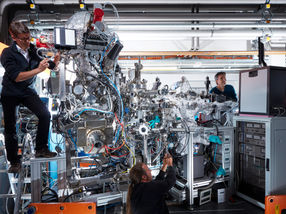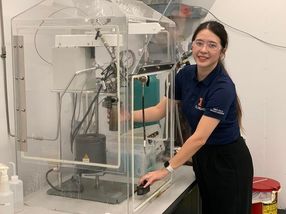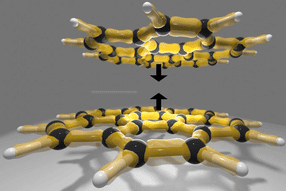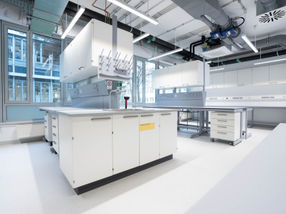Preventing dangerous short circuits in lithium batteries
Researchers reveal surprising growth of destructive dendrites in electrolytes
Advertisement
dendrites are considered the most dangerous destroyers of lithium batteries — tiny metal structures that can cause short circuits. In the worst case, they can cause batteries to burn or explode. A research team at the Technical University of Munich (TUM) has now discovered that such structures can form not only at the electrodes but also in polymer-based electrolytes. This new finding is crucial for the stability of future solid-state batteries.
Lithium-metal batteries are among the most promising technologies for energy storage. They offer significantly more energy in less space — and at a lower weight. However, one phenomenon slows down their development: tiny, needle-like metal structures called dendrites, made of lithium. They can grow uncontrollably inside the battery and cause devastating short circuits. Until now, solid electrolytes, including polymer-based electrolytes, have been considered a way to suppress this growth.
“Electrolytes are responsible for transporting lithium ions back and forth between the two electrodes inside a battery — making the flow of current possible in the first place,” explains Fabian Apfelbeck. The physicist is pursuing his doctorate in the research group of Prof. Peter Müller-Buschbaum at TUM’s Chair of Functional Materials and is funded by the Excellence Cluster e-conversion.
Polymer-based electrolytes offer greater stability and safety than liquid electrolytes, because they cannot leak or ignite. They also reliably separate the electrodes from each other and thus prevent short circuits. “However, our measurements show that dendrite growth can also occur directly inside the polymer electrolyte — right in the material that is actually supposed to protect against dendrites,” says Fabian Apfelbeck, first author of the study published in Nature Communications.
Using a nanofocus to look inside the battery
The findings, therefore, challenge a central assumption in battery research. Prof. Peter Müller-Buschbaum explains: “Until now, it was assumed that dendrite growth occurs only at the interface between electrode and electrolyte. The fact that it also appears far away from that interface surprised us. This new knowledge helps us develop — and further improve — materials in which such internal crystallization processes do not occur in the first place — enabling more efficient, safer, and longer-lasting energy storage.”
The researchers used a particularly precise method for their investigations: so-called nanofocus wide-angle X-ray scattering experiments, carried out at the German Electron Synchrotron DESY in Hamburg. Using an X-ray beam with a diameter of just 350 nanometers, they could visualize the microscopic changes inside a polymer-based electrolyte during battery operation for the first time. To do so, they used a specially developed miniature cell that allows the battery to be observed under real operating conditions.
Original publication
Fabian A. C. Apfelbeck, Gilles E. Wittmann, Morgan P. Le Dû, Lyuyang Cheng, Yuxin Liang, Yingying Yan, Anton Davydok, Christina Krywka, Peter Müller-Buschbaum; "Local crystallization inside the polymer electrolyte for lithium metal batteries observed by operando nanofocus WAXS"; Nature Communications, Volume 16, 2025-10-8
Other news from the department science
Most read news
More news from our other portals
See the theme worlds for related content
Topic World Battery Technology
The topic world Battery Technology combines relevant knowledge in a unique way. Here you will find everything about suppliers and their products, webinars, white papers, catalogs and brochures.

Topic World Battery Technology
The topic world Battery Technology combines relevant knowledge in a unique way. Here you will find everything about suppliers and their products, webinars, white papers, catalogs and brochures.
































































